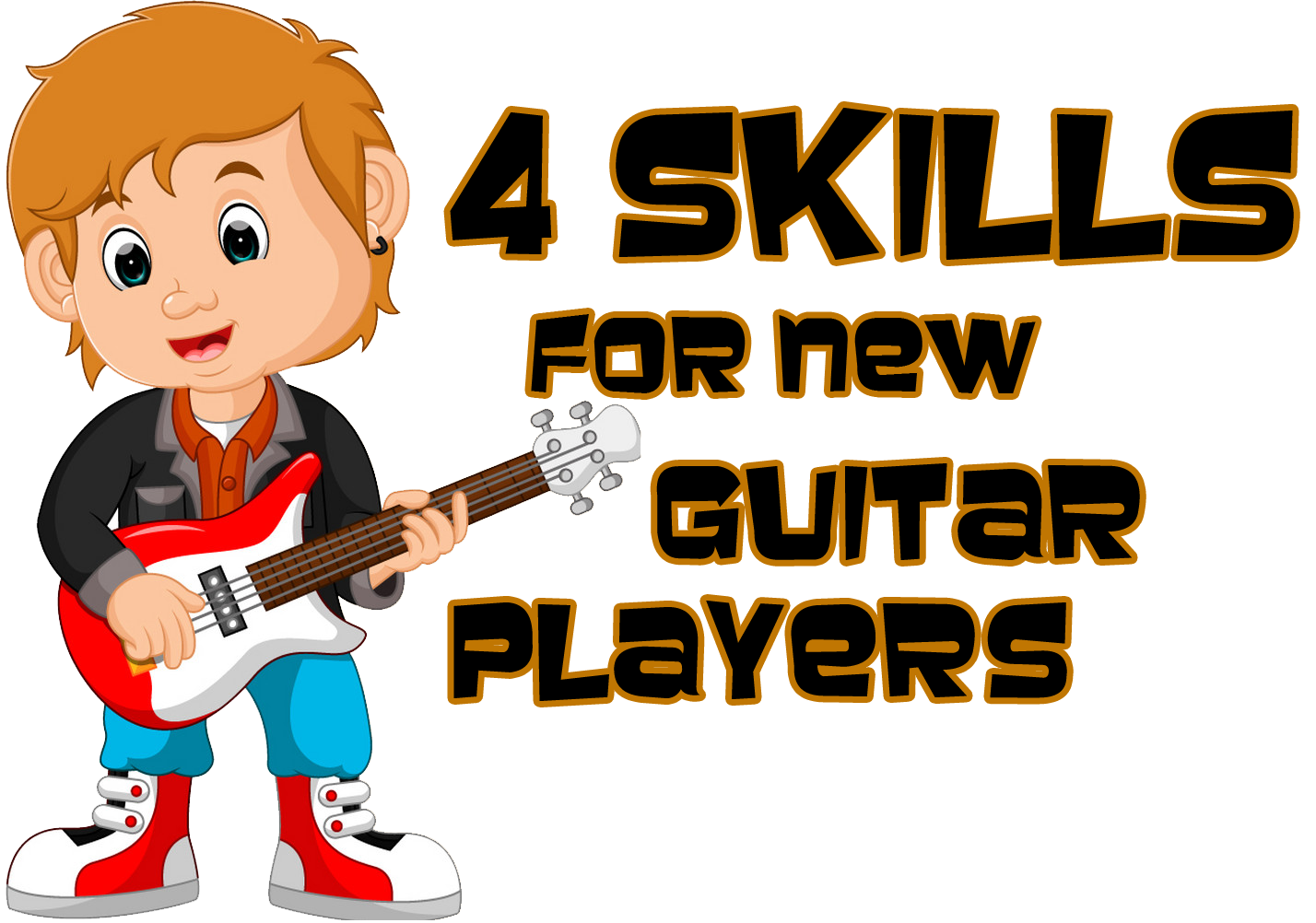
Back to 4 Skills Course Outline
Lesson 1: Overview of 4 Skills
Lesson 2: How Frets Work, Fingering Notes
Lesson 3: Picking Simple Melodies and Scales
Lesson 5: Strumming Technique - Songs in C and G
Lesson 6: More Chords - Am, E, Em, B7
Lesson 8: How to Use a Capo
The capo can be useful, but confusing if you try to overdo it. Here are some practical suggestions.
The capo allows you to change keys without having to learn chords and note positions associated with the new key. For example, if a song is being played in the key of B you can either learn the essential chords for that key, or you can put a capo on fret 2 and play as though you are in the key of A. Or you could put the capo on fret 4 and play as if you are in G.
Some Practical Guidelines for Using the Capo
The capo gives guitar players an easy way to increase their capabilities. But it can be confusing because it presents so many options. You can capo just about any shape you would otherwise play in the open position: A, C, D, E, and G. You don't need all these options. In order to simplify our capo use we need some rules of thumb.
My first suggestion is that we limit our use of the capo to just two favourite and familiar chord shapes. For me the shapes are:
G-shape (open) and D-shape.
You can play all keys (all 12) by using the capo with just two shapes (G and D). If you find yourself playing along with a song in a key you're not familiar with, you can use your capo to let you play along with it using one of these shapes. You just have to figure out the root note of the song and place your capo accordingly. I talk about figuring out keys below....
Other Situations Where a Capo is Needed
There will still be instances where you will want to use a capo. For instance, you may like the sound of a particular shape played up the neck (listen to the Beatles’ “Here Comes the Sun” for one example of this.)
The other situation is where you come across one of those odd-ball keys (like C#/Db).
A Capo Strategy
- Restrict your capo shapes to just two: G-shape and D-shape.
- If you find the root note on the G string...
put your capo at that fret, and use the G-shape - If you find the root note on the B string...
put your capo three frets lower than that fret, and use the D-shape
Here's an example:
- Say you find the root not at B4 (fret 4 on the B string)
- Put your capo three frets lower (fret 1).
- Then play as if you're in D.
Herre's another example:
- Say you find the root is at G4.
- Put the capo on the 4th fret
- Then play as if you're in G.
Figuring Out the Key of Your Song
Most popular or traditional songs end on the root note of the major scale they are written in. We'll call this the "anchor tone" around which the song is built. Many phrases within these songs also end on the same anchor or root note.
Play the song (or listen to it being played. Listen carefully to the way major phrases or sections of the song end. In particular listen to the note that the song ends on.
In the example given here, "Twinkle, Twinkle Little Star" notice how the line "How I wonder what you are" sounds like the distinctive end of a section. The final note of this section is the root or anchor tone you are looking for. If you are not sure, listen or hum to the end of the song. The same line is repeated, with the same result, namely that it ends on the root of the major scale.
That tells you the key you are looking for.
If it turns out to be the 4th fret of the B-string then,our rule says to put the capo three frets lower (on fret 1) and chord as though you are playing in D.
Here is another example, the song "By The Rivers of Babylon". The verse of the song consists of chunks of four phrases. The fourth is clearly the end of the section. The words are "when we remembered Zion." This phrase ends on the root note or anchor tone of the song, and that tells you the key it is being played in.
Once you discover the anchor tone, be sure to HUM it so you clearly hear what it sounds like. Now figure out what note it is by pecking around on the guitar. But restrict your pecking to the G and B strings. If you find it is the open G string you know it is a G and you don't need a capo.
If it turns out to be the 4th fret of the G-string then our rule says to put the capo on fret 4 and chord as though you are playing in G.
That’s it!! Now try it here to prove it to yourself.